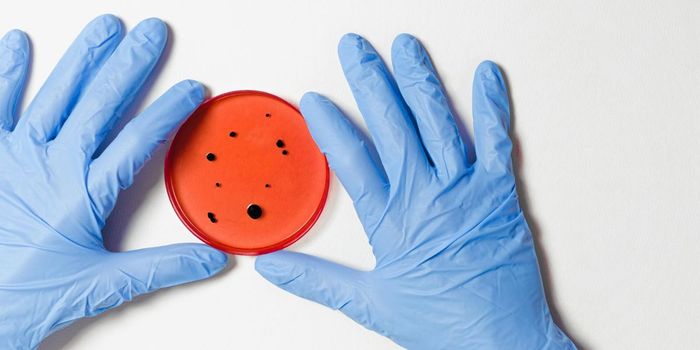Schistosomiasis doesn't get much research attention, but it affects an estimated 240 million people around the world, killing nearly 250,000 people every year. The disease is caused by parasitic flatworms called schistosomes. Two research studies reported in Science may open up new treatment options for people that are infected with the parasite. It can cause a debilitating illness that sometimes leads to organ failure or cancer, and it happens in "the poorest of the poor" people of Africa, Asia, and South America said the leader of the study, James J. Collins III, Ph.D., associate professor at the University of Texas Southwestern's department of pharmacology.
Schistosomes have a complex life cycle in which they move through freshwater snails and mammals during different stages. They feed on blood and lay eggs while residing in the circulatory systems of their mammalian hosts; this can cause abdominal pain, bloody stool, diarrhea, or blood in the urine. Snails release larval worms into water, and the resulting flatworms can penetrate human skin to infect them. Schistosomiasis can be chronic and may affect the host for years.
There is only a single drug approved for treating schistosomiasis. Collins noted that it's of limited use because it does not kill every life stage and can have a variable cure rate. It affects extremely poor people who would not typically be able to afford medicine, so pharmaceutical companies are not interested in investing money into developing a treatment, and there has been little research on the basic biology of schistosomes, stymieing it further.
Collins and colleagues set out to try to change this situation by learning more. In one study they used RNA sequencing to characterize the cells of a schistosome species called Schistosoma mansoni. This technique reveals the genes that are active in a cell at one point. Their work revealed 68 clusters of distinct cells in the organism, one of which is involved in forming its gut.
The scientists aimed to reduce the activity of a critical gene in those cells. When they did so (using a technique called RNA interference or RNAi), the worms became unable to digest red blood cells, which is critical to their growth and related to the illness they cause.
In a second study, the investigators used RNAi to assess the function of around a fifth pf the protein-coding genes of S. mansoni. Only a handful of the 2,216 protein-coding genes have previously been studied. One by one, the researchers deactivated the genes. In doing so, they identified her 250 that are vital for survival. They also identified two essential protein kinases that might be targetable by drugs.
This work is a major step towards creating better treatments for the scourge of schistosomiasis.
"This is a very important disease that most people have never heard of," Collins said. "We need to invest and invigorate research on these parasites."
Sources: Phys.org via UT Southwestern Medical Center, Wendt at al Science 2020, Wang et al Science 2020









